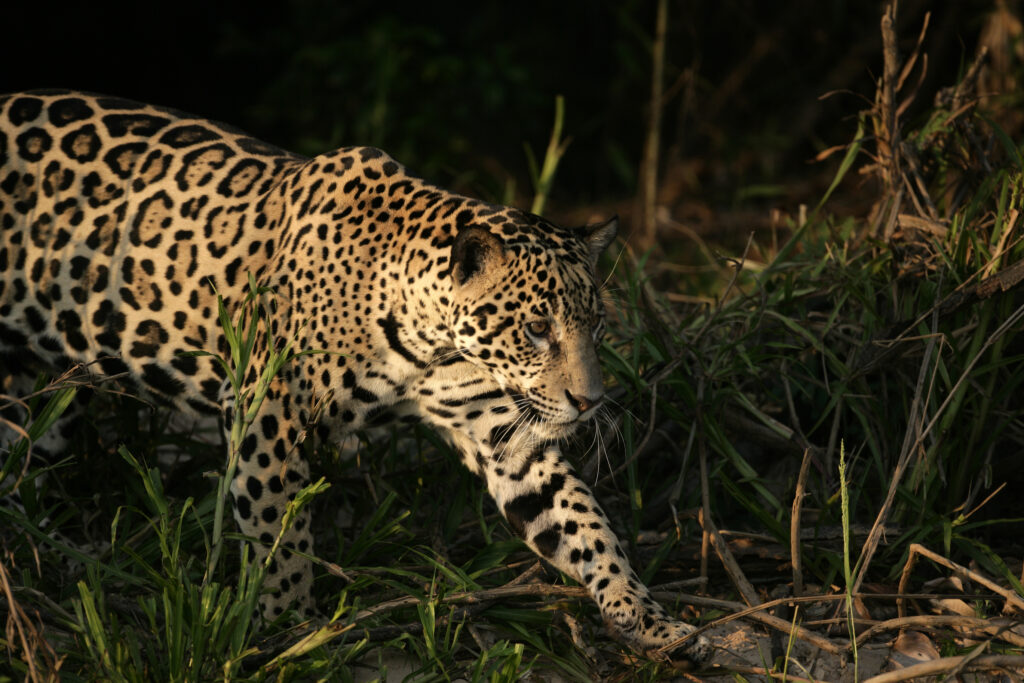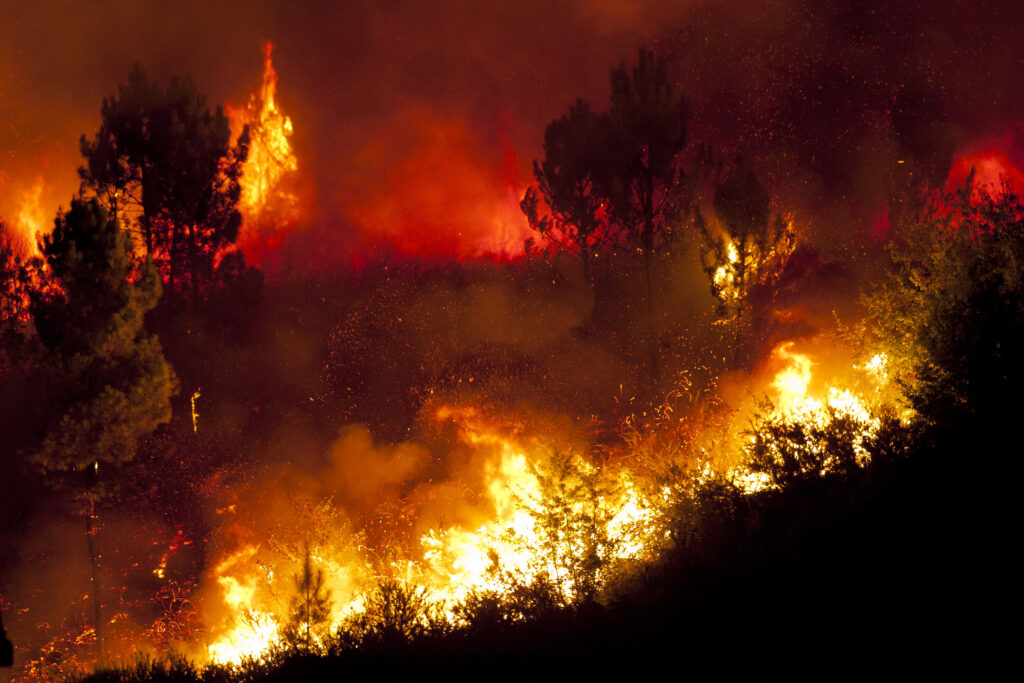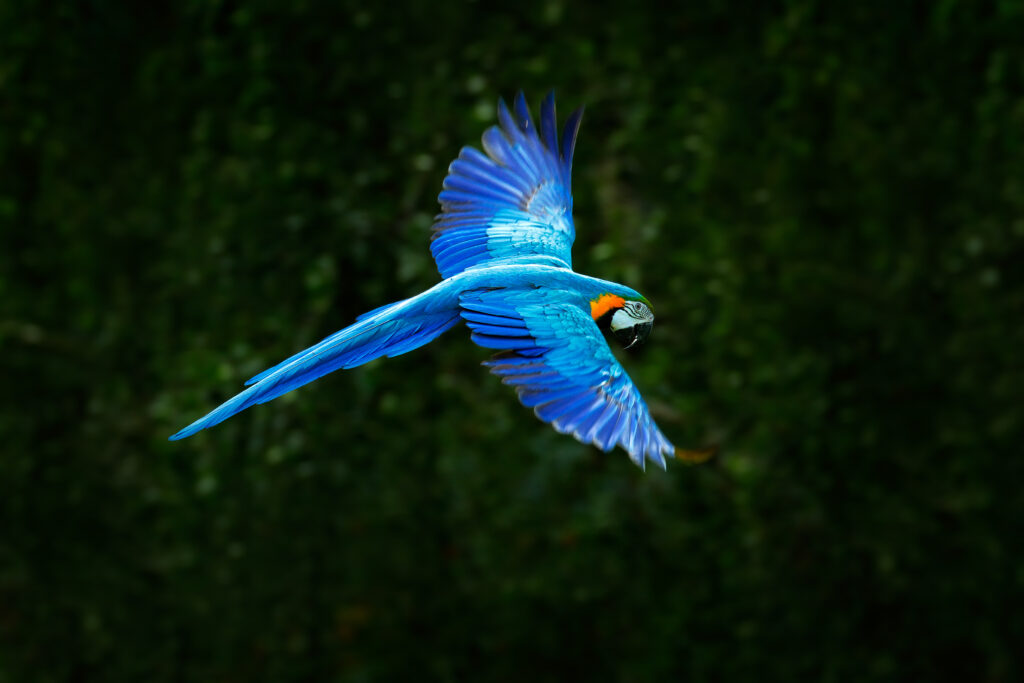Brazilian Pantanal, Home of Jaguars!
Brazilian Pantanal, Home of Jaguars!

The Pantanal, considered the largest wetland biome on the planet, unfolds in a splendor of life and breathtaking landscapes. Covering an area of approximately 150,000 km², this natural sanctuary extends across parts of Brazil, Paraguay, and Bolivia. The humid tropical climate is characterized by a dry season and a rainy season, shaping the uniqueness of this ecosystem. Discover more about this unparalleled ecosystem!

Biome Overview
The vast flooded plains of the Pantanal house a diverse flora, adapted to the cyclical changes in water levels. During the dry season, fields and forests emerge, revealing a richness of plant species, while the rainy season floods the plain, turning it into an aquatic sanctuary.
Water Cycle: Aquatic Ballet
The Pantanal follows a natural rhythm of the water cycle. In the dry season, its lands emerge, showcasing grasslands and forests. With the rain, the scenery changes. Waters flood, transforming the biome into an aquatic spectacle, where aquatic and terrestrial plants intertwine in a harmonious dance.
Aquatic and Terrestrial Flora
Throughout the cycle, the Pantanal displays a unique diversity. Water lilies bloom in temporary lagoons, while grasses and aquatic trees stand out. The buriti and ipê, discreet in the dry season, reveal their exuberance in mirrored waters.
Thriving Fauna
The fauna thrives with the waters. Shoals attract birds like herons, tuiuiús, caimans glide, and capybaras and deer find refuge. But the star is the jaguar, a master of camouflage, a symbol of ecological balance.
The Pantanal, the stage of this liquid renewal, reveals a unique harmony between its plants and animals, a liquid poem echoing through the vastness of its waters.

The Jaguar: Majesty of the Pantanal
The jaguar, the largest feline in the Americas, reigns supreme in the Pantanal. With a unique coat, displaying spots that are true works of natural art, these felines impress with beauty and grandeur. Males can reach up to 2.7 meters in length and weigh up to 135 kg, while females, although smaller, maintain an equally imposing presence.
- Diurnal and Nocturnal Habits
During the day, the jaguar rests in the shade, often on riverbanks, attentively observing the surroundings. At dusk, it becomes a skilled hunter, using the twilight to move stealthily. Its prey ranges from capybaras to deer, illustrating its position at the top of the food chain.
- Motherhood in the Jungle
The gestation of a jaguar lasts about 93 to 105 days, resulting in a litter of two to four cubs. The mother is tireless in protecting and educating her offspring, teaching them to hunt and survive in the complex dynamics of the jungle.
Jaguar Parade in the Pantanal
In a unique artistic journey, the Jaguar Parade ventured into the heart of the Pantanal, bringing with it creative expression and a commitment to environmental preservation. This biome, the largest flooded plain in the world, became the inspiring backdrop for the ‘Joia da Mata’ sculpture, painted and later paraded through the streets of São Paulo and New York.
More than an art exhibition, our visit to the Pantanal is a commitment to preserving this natural gem. The Jaguar Parade celebrates the Pantanal as an ecological treasure, inspiring environmental awareness and promoting the harmonious coexistence of art and nature.

Environmental Challenges
Despite its magnificence, the Pantanal faces an alarming wave of wildfires advancing on emblematic locations like BR-262 and Transpantaneira. The fires, now in “fire corridors,” have led Mato Grosso and Mato Grosso do Sul to declare a state of emergency. Videos show vehicles confronting the flames, while firefighters struggle to contain the disaster.
Ibama’s president, Rodrigo Agostinho, flew over the affected areas, highlighting the gravity of the situation. This threat not only devastates stunning landscapes but also jeopardizes local communities and species like the jaguar. The plea is clear: immediate actions and resources are crucial to preserve this natural heritage before it’s too late.

United for the Pantanal
Individuals can play a vital role in Pantanal conservation. Adopting sustainable habits, avoiding the waste of natural resources, and supporting organizations dedicated to environmental preservation are crucial steps. By understanding the importance of the Pantanal and its fauna, we can unite to ensure a more promising future for this natural treasure.
You can contribute to Pantanal preservation right now! Check donation options or ways to help on https://www.sospantanal.org.br/apoie/
Every contribution matters in the fight against wildfires and in protecting this unique biome.
As we dive into the depths of the Pantanal, we are reminded of the delicate web of life unfolding before our eyes. It is up to us to preserve this spectacle for future generations, ensuring the majesty of the jaguar continues to resonate in the flooded plains of the heart of the waters!



